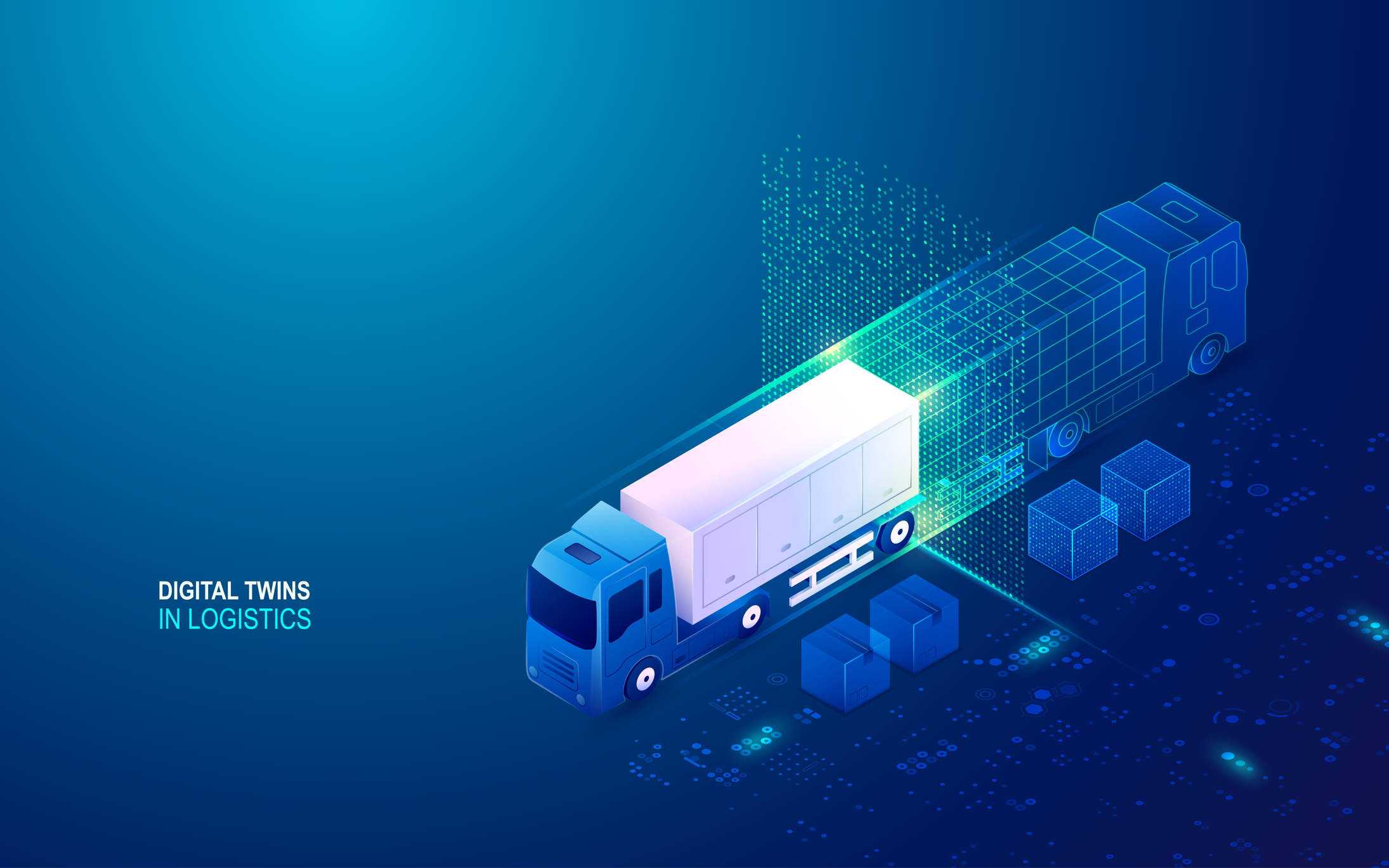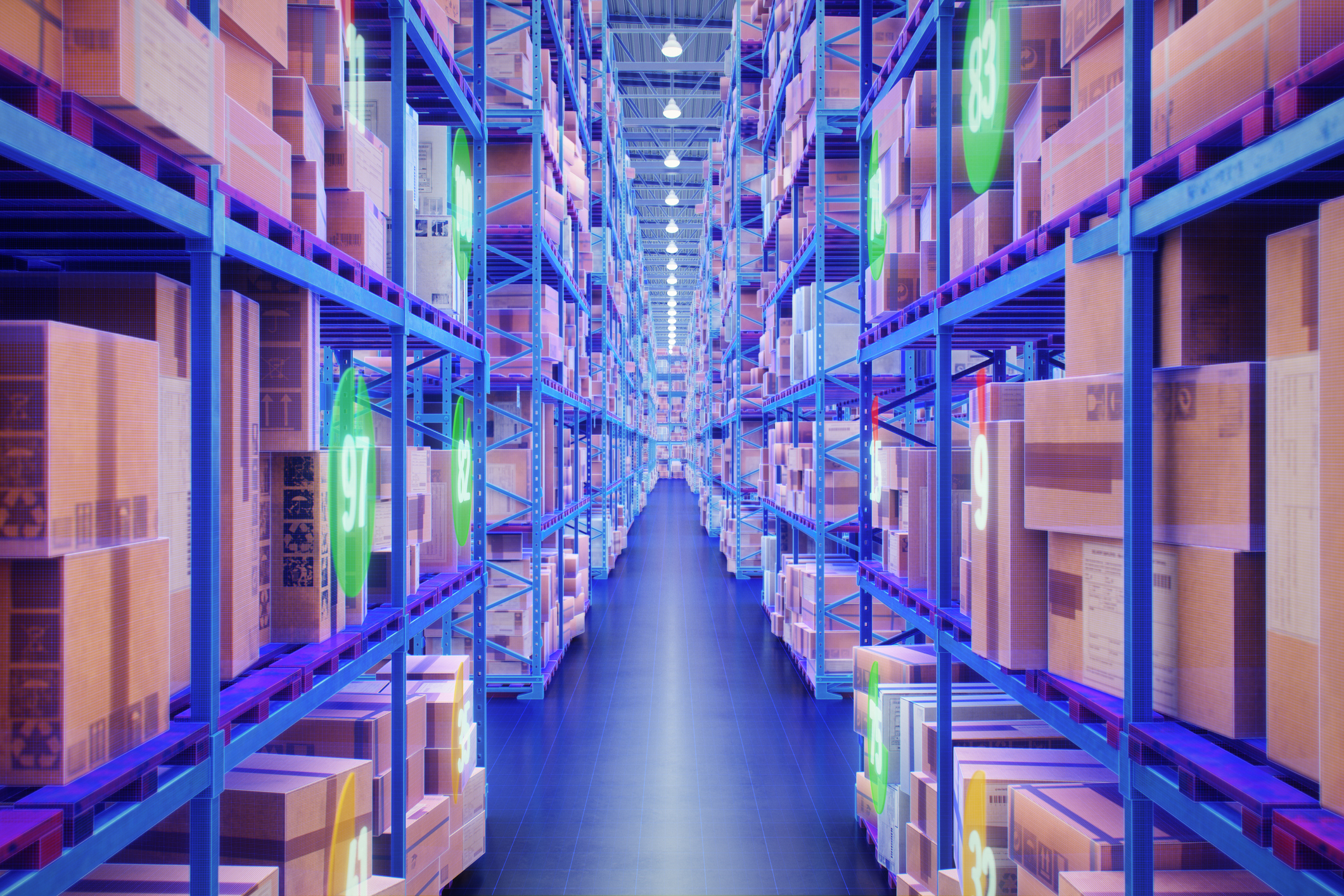Digital twins are virtual models of a supply chain network, including suppliers, manufacturers, product flow, inventory, and distribution channels. In today’s fast-paced and complex business environment, companies are continually seeking innovative ways to enhance their supply chain operations, and digital twins are becoming a larger part of the equation.
One of the most transformative advancements in recent years is the concept of the digital twin. This technology is poised to revolutionize supply chain management. It does so by offering unprecedented visibility and control over operations and your supply chain network. That includes from an efficiency, redundancy, and especially from a cost perspective.
What are Digital Twins?

In this context, a digital twin is a virtual model of a supply chain network, including suppliers, manufacturers, product flow, inventory, and distribution channels. This virtual model mirrors real-world operations, allowing businesses to simulate, analyze, and optimize their supply chain performance in a risk-free digital environment.
The Power of Real-Time Data
One of the key benefits of digital twins is their ability to leverage real-time data. By integrating data from various sources, in our case usually client network data such as distribution centers, customers, suppliers, or pooling centers, a digital twin provides an accurate, up-to-date view of the supply chain.
This real-time visibility enables businesses to monitor performance, identify bottlenecks, and make informed decisions on supply chain modifications or what-if scenarios. For example, if a disruption occurs in one part of the supply chain, the digital twin can help pinpoint the issue and simulate different scenarios to find the best resolution. This was especially important during the supply chain interruptions caused by COVID-19.
Digital Twins Offer Enhanced Predictive Analytics
Predictive analytics is another area where digital twins excel. By analyzing historical data and applying advanced algorithms, digital twins can forecast future trends and potential disruptions. This capability is invaluable for demand forecasting, inventory management, and capacity planning.
For instance, digital twins can predict the impact of a sudden increase in demand or a supplier delay, allowing businesses to proactively adjust their strategies, model future growth, and mitigate risks.
Optimizing Processes
Digital twins offer significant opportunities for process optimization. Businesses can use the virtual model to test and evaluate different strategies without disrupting actual operations.
This “what-if” analysis helps in optimizing supply chain processes, such as route planning, inventory levels, and production schedules. As an example, a company might use a digital twin to experiment with different shipping routes. This can help determine which one offers the best balance between cost and delivery time.
Driving Innovation and Sustainability
Beyond efficiency and optimization, digital twins can also drive innovation and sustainability. By simulating new processes, technologies, and business models, companies can explore innovative approaches to supply chain management.
Additionally, digital twins support sustainability efforts. They help by enabling businesses to analyze the environmental impact of their operations and identify areas for improvement. For instance, they can model the effects of using more sustainable materials or optimizing transportation routes to reduce carbon emissions.
 Challenges and Considerations
Challenges and Considerations
Despite their many advantages, implementing digital twins comes with challenges. Integrating diverse data sources, ensuring data accuracy, and managing the complexity of virtual models can be demanding. Ensuring the quality of the data going into the simulated model is very important.
Additionally, businesses must consider the costs associated with developing and maintaining digital twins. However, as technology continues to advance and costs decrease, these challenges are quite manageable, especially considering the potential benefits.
Companies need every edge they can get when it comes to the managing complex supply chains. Digital twins offer an additional and highly effective tool to stay ahead of sup0ply chain functions.
How Digital Twins Will Help Drive The Future
Supply chain digital twins represent a significant leap forward in supply chain management. By providing real-time visibility, enhancing predictive analytics, and optimizing processes, they offer businesses a powerful tool for navigating the complexities of modern supply chains.
As more companies adopt digital twins technology, it is set to become a cornerstone of efficient, innovative, and sustainable supply chain practices.
Are you on top of ever-changing logistics technology? Don’t be left behind your competitors in maximizing your team’s performance. Logistix Solutions offers premier technology, industry knowledge, and consulting solutions by and for logistics professionals.
We assist businesses of any size, from small and medium size businesses to large enterprises worldwide. Reach out to us today to find out more about our services. Or you can visit us on LinkedIn, or click here to view our online demo!

